Are you interested in learning more about the local history of California? These are the must-visit local museums:
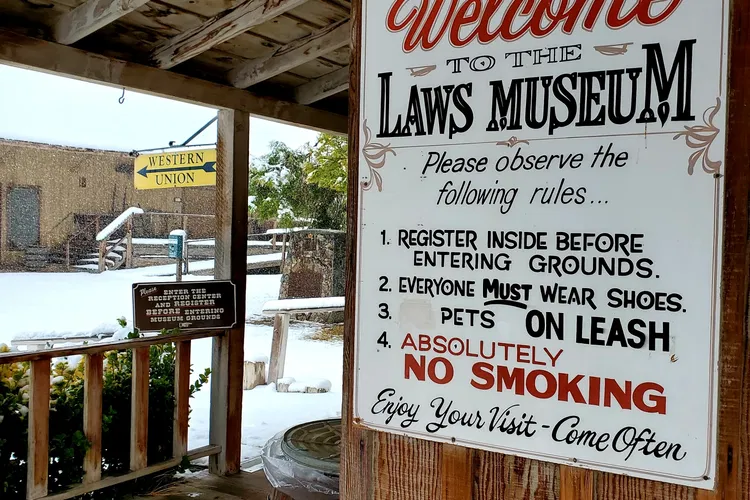
Laws Railroad Museum & Historic Site
Bishop, CA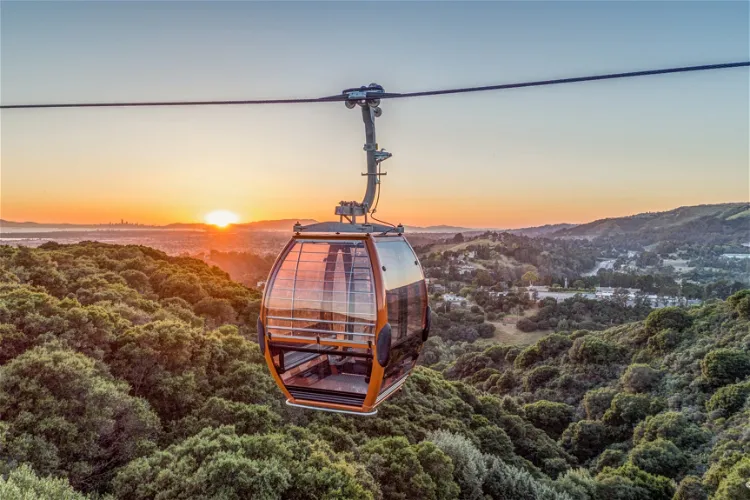
Oakland Zoo
Oakland, CAOakland Zoo is home to over 440 native and exotic animal species. The zoo has always prioritized naturalistic animal care, aiming to provide the most authentic and comfortable habitats for its residents. This approach not only benefits the animals but also offers visitors a more realistic and educational experience.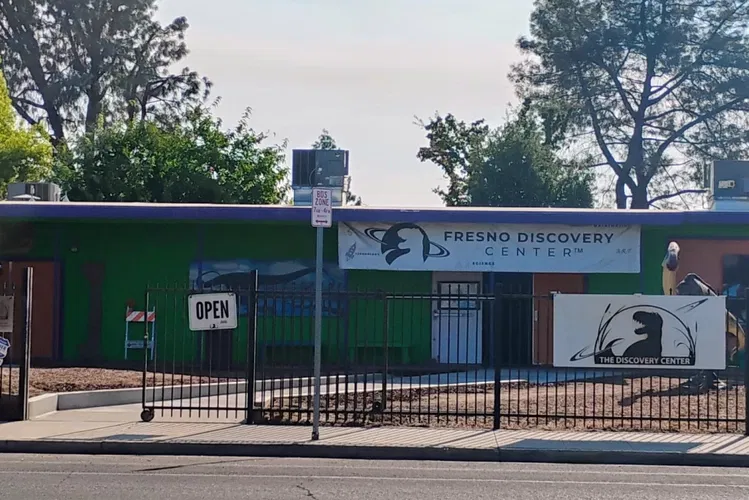
Fresno Discovery Center
Fresno, CAFresno Discovery Center is a 501(c)3 nonprofit family science center open to the public in Fresno, California since 1954. Our property has 5.5 acres of outdoor exhibits, play structures, gardens, and animals to visit in a park setting. Our indoor Science Center provides science exploration through e
Tuolumne County Museum & History Research Center
Sonora, CAThe Tuolumne County Museum and Historical Society was established in 1956 to preserve, protect and perpetuate the colorful history of one of California’s original counties. The Tuolumne County History Collection is a large volume of historical information consisting of the memories and images of the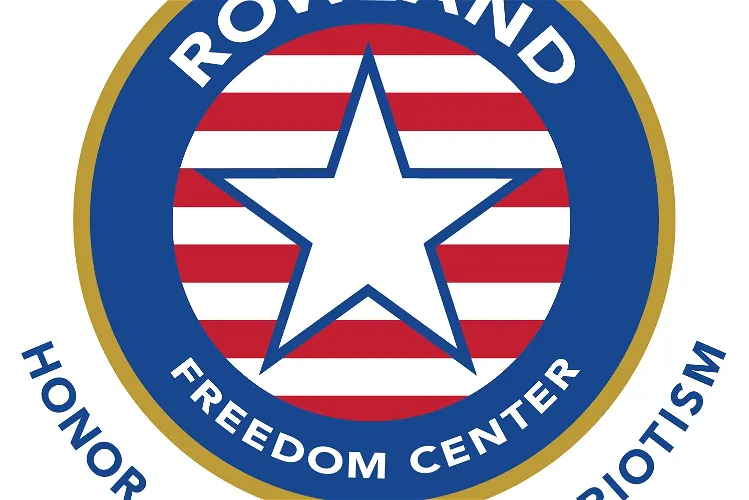
The Rowland Freedom Center
Vacaville, CAThe Rowland Freedom Center's mission statement is to honor those who defend our freedom, educate future generations about why we are free and to promote patriotism.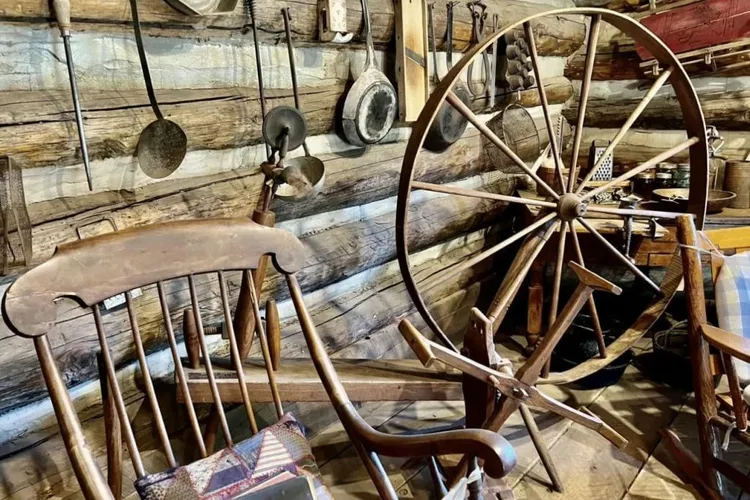
Big Bear Valley Historical Society & Museum
Big Bear City, CAWe are a historical museum focusing on the Big Bear Valley in Southern California. Located in Big Bear City, we cover the Valley's Native American, Mining, Logging, Filming and Recreational roots!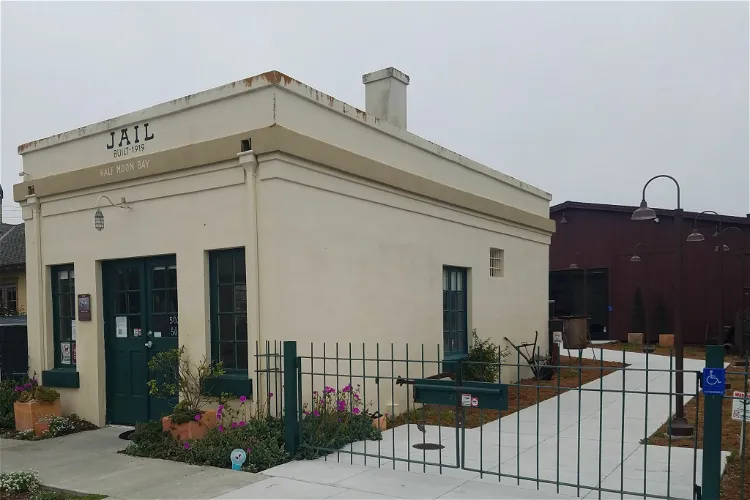
Coastside History Museum
Half Moon Bay, CAThe Coastside History Museum and the historic Jail at 505 Johnston St. are currently open weekends from 11am-3pm. We are also open during Make it Main Thursday evenings, and some days mid week when docents are available. The museum has exhibits about the history of the San Mateo Coastside, includ- 8
Point Vicente Interpretive Center
Rancho Palos Verdes, CAThe Interpretive Center opened in 1984 with a mission to present and interpret the unique features and history of the Palos Verdes Peninsula. The almost 10,000 square foot expanded Interpretive Center, re-opened on July 15, 2006, features exhibits on the natural and cultural history of the Peninsula